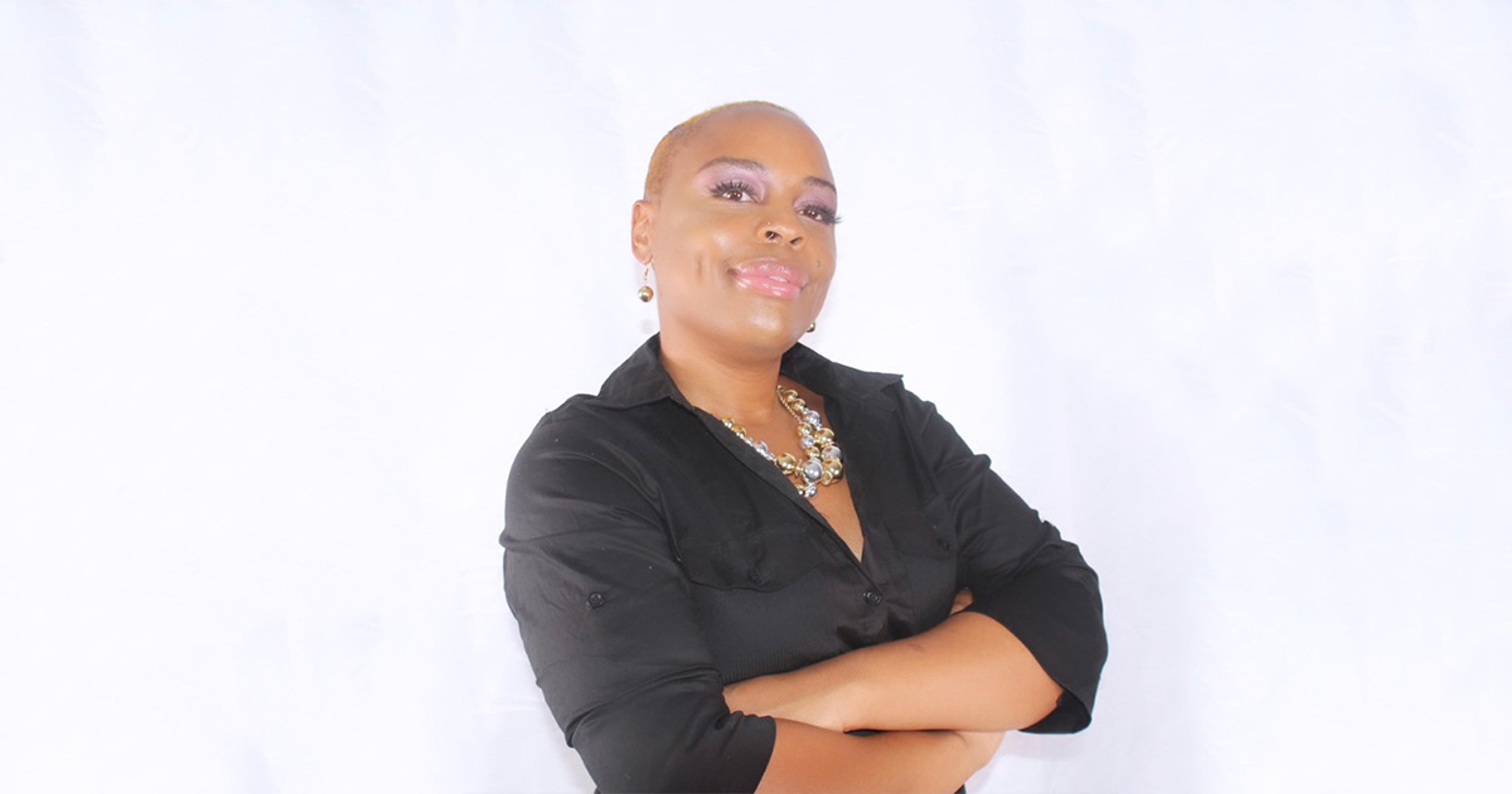Michigan Woman Living with Sickle Cell Disease Spreads Awareness in Hope of Helping Others
Jake Newby
| 4 min read

Diagnosed with sickle cell disease as a 3-year-old, Albion native Chelsea Parker was self-conscious about her condition growing up. She shied away from talking to people about it because she thought they’d look at her differently. She didn’t think they’d understand.
When Parker grew to be a young adult, she had an epiphany. One that led her on a path to advocacy.
“I started to realize, ‘Well, maybe they look at me differently because they don’t understand,’” Parker said. “I started to think, ‘OK, so I have (this disease), why not turn it into something positive? Why not go out and advocate, and let people know what it is?’ I didn’t like feeling judged, and I felt like if I spread more awareness about it, there’d be less judgment toward me and others who have it.”
There are several types of sickle cell disease. Parker has Sickle Hemoglobin-C Disease (SC),which is generally considered a mild form of Sickle Cell Anemia (SS). People with SC usually experience less anemia than people with SS, due to a higher blood count level. Still, Parker’s childhood wasn’t easy.
“Growing up, I wasn’t able to get in cold water, I had to be careful when it came to the weather, if it was too hot,” she said, before describing vaso-occlusive crises (VOC). “I was prone to having a crisis, which is when the cells in my joints start sickling up and the oxygen isn’t flowing enough. It leads to sharp pain in your joints that doesn’t go away unless you focus on getting extensive care for it, between medication and hydration. A lot of the time for me, it led to a trip to the hospital.”
Some of the side effects Parker suffered from back then she still suffers from now, including sensitivity to temperature. The difference is, now she knows what to expect.

Protecting against sickle cell symptoms and advice for others
Once Parker got to college, she started to figure out how to nip the VOCs in the bud before they got so severe that she needed to go to the hospital. Today, at age 29, Parker takes several measures to manage her sickle cell symptoms. They include:
Working with her health care team to devise a pain management plan: Parker’s plan includes prescription medication, over-the-counter pain relievers and relaxation techniques, such as breathing exercises.
Regular check-ups with her health care team: Parker visits her primary care provider (PCP) yearly and her hematologist monthly. They help her track her condition and get ahead of any issues that could emerge.
Staying informed by educating herself and loved ones: Educating close friends and family members about her symptoms has helped Parker construct a safety net, of sorts. When the people you love are aware of VOC symptoms and potential triggers, they can help you respond or fight against them. “When I tell my mom I’m about to have a crisis, she knows what to do, she’s on it. Making sure you stay informed and telling people what you’re going through so they can understand is important.
Knowing what to drink and not to drink: “Drinking plenty of water is important because if you don’t, that can trigger a sickle cell crisis,” she explained. “Trying to avoid extensive caffeine and alcohol because they can contribute to dehydration.”
Staying involved as an advocate for sickle cell disease awareness
Parker uses platforms like social media, a podcast she launched last year, and her presence as a board member of the Scott Center for Observation, Treatment and Transition (SCOTT) to spread awareness.
“I started finding out more about (sickle cell disease) and I felt like it was important for me – especially being a Black woman – to advocate for myself and others as well,” Parker said. “I’m from a small town in Albion, and not a lot of people know about it there. I have siblings, too, so I feel like it’s important to learn as much as I can to educate my family members so they can do the same with theirs.”

Parker says that for the most part, she’s able to live a fully normal life, which is not something she takes for granted. She’s a licensed social worker and entrepreneur, crafting handmade jewelry for her own company. As grateful as she is, and as much as she lives life to the fullest, she’s fully aware that not everyone with sickle cell disease can say that.
“I hear about a lot of deaths, and that makes me think, ‘Maybe if one more person knew more about preventative measures or went to the hospital or just knew more, they could have prevented that,” she said. “Things like that and thoughts like that are why I wanted to get into advocating and why I’ll keep doing it.”
Related:
Photo credit: Chelsea Parker





